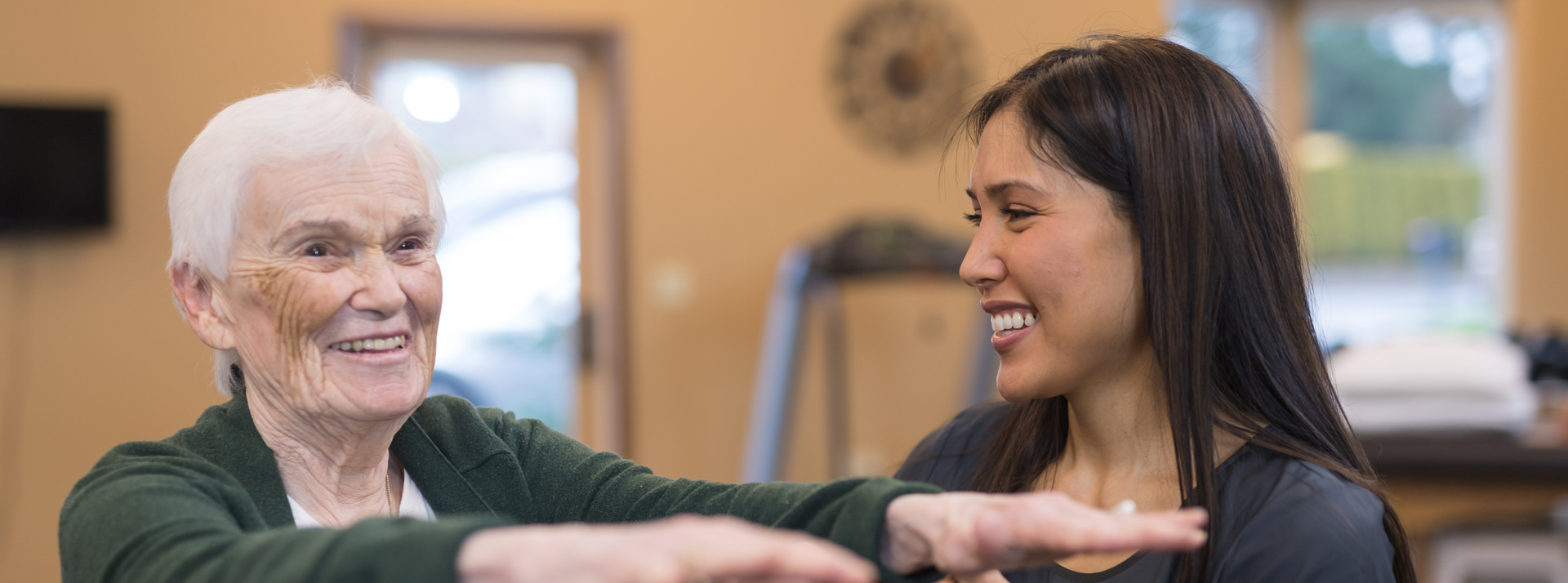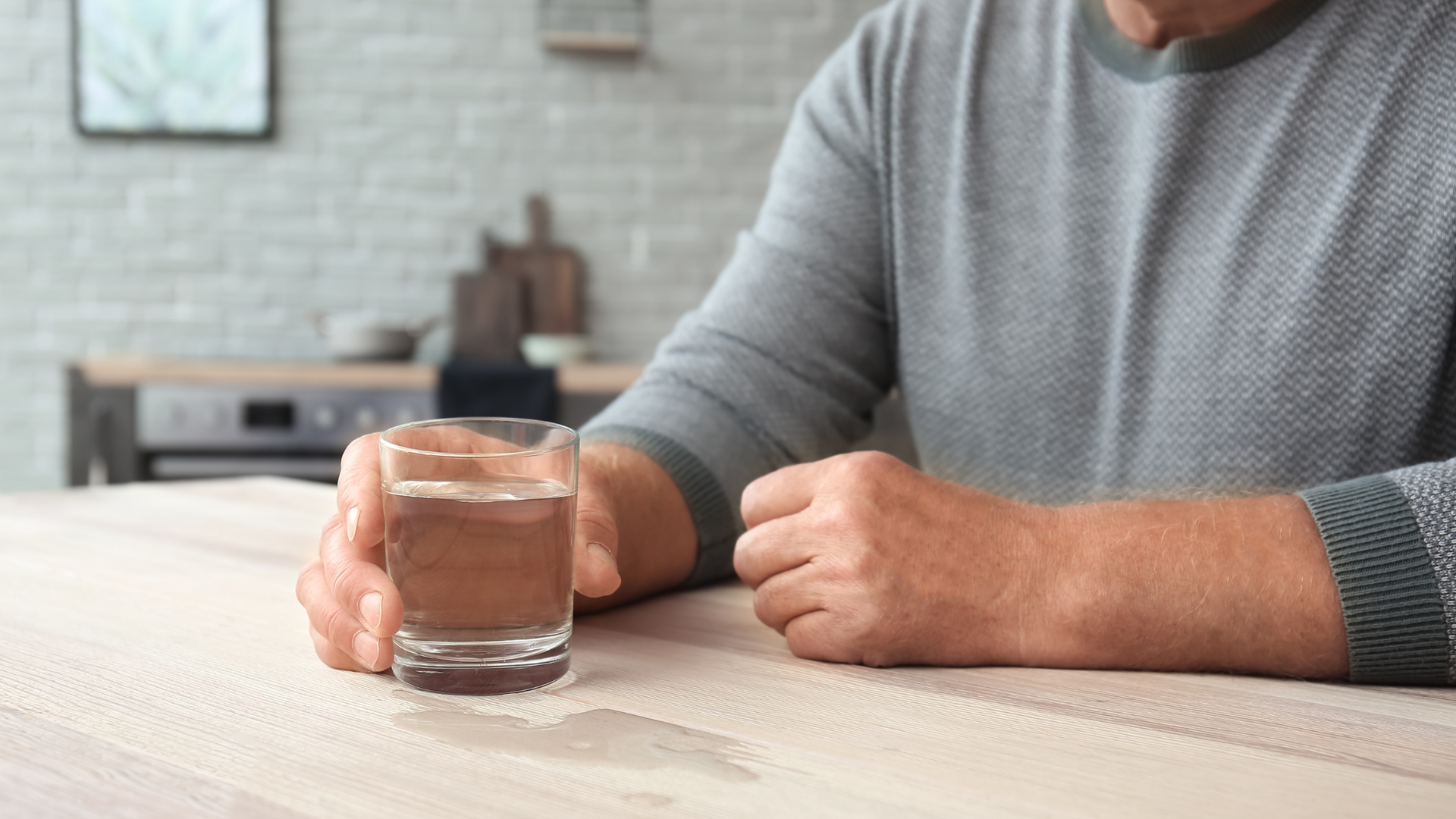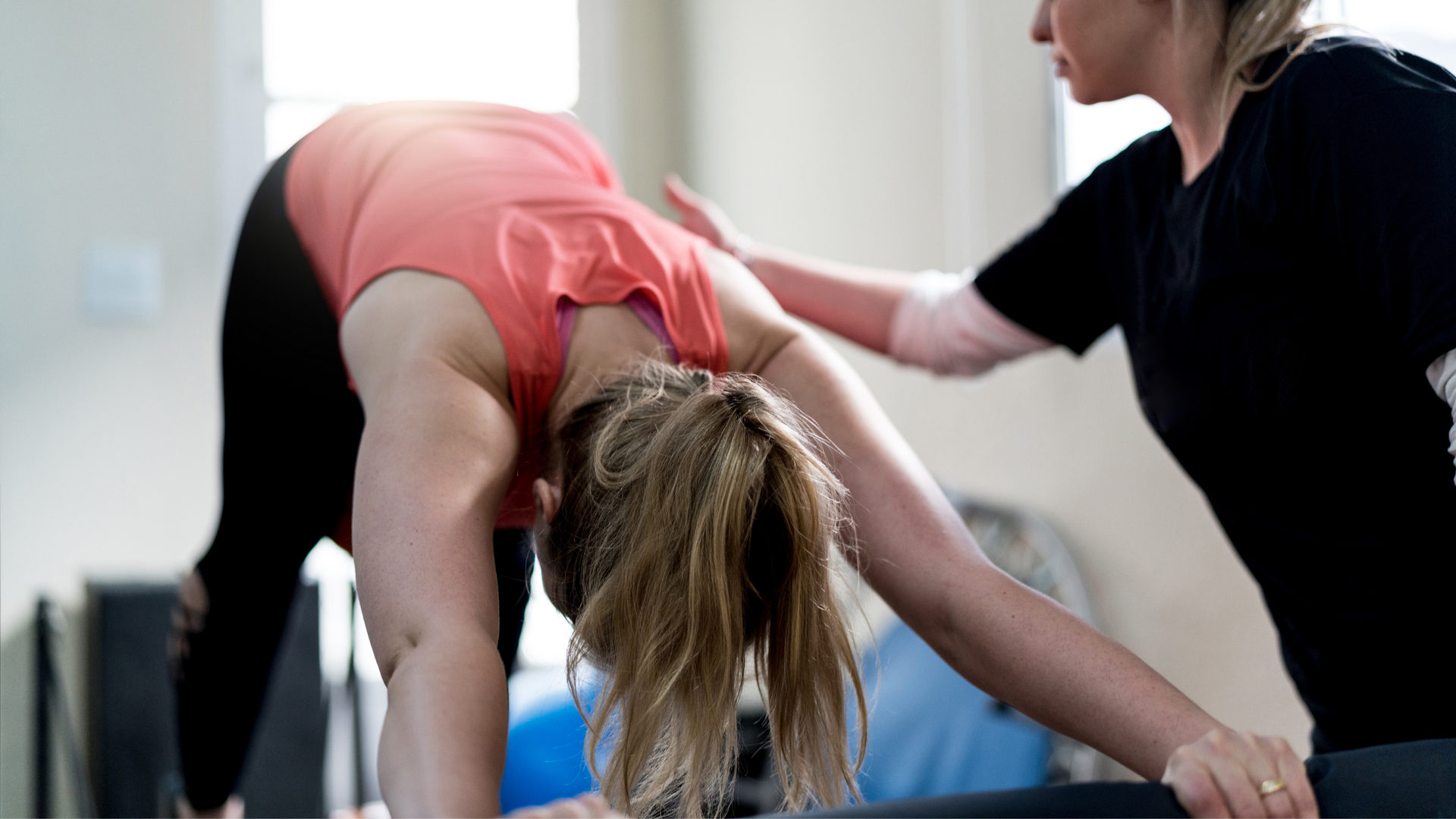Deep Tissue Massage
Muscle tightness or pain you can't quite reach? A deep tissue massage might help.

Ever had that niggling tightness in a muscle that you just can’t seem to stretch? Or neck pain that just won’t subside? Deep tissue massage (DTM) can be an effective adjunct treatment to help manage a range of musculoskeletal presentations and is a go treatment for athletes (both recreational and elite) and non-athletic populations world-wide.
What is Deep Tissue Massage?
The human body is super cool, with layers of muscle found from just under the skin, right down to the joint edges. Some of these muscles are superficial and easy to get to, while others are deep, hidden under layers of fascia, adipose tissue, and other large muscles.
For these deep muscles, DTM is an excellent treatment option.
DTM therapy is a remedial massage technique that targets the deeper layers of muscles and connective tissue within the body to alleviate pain and discomfort. It involves the repeated use of slow, deep strokes and firm pressure to relax the superficial layers of tissue and allow the therapist to reach the deeper layers of muscle and fascia. Through these techniques trigger points can be released, muscles relaxed, and mobility improved.
How will it help?
The benefits of deep tissue massage therapy are numerous. Like other forms of massage, it helps the mind and body to relax, can help alleviate chronic pain, improve blood and fluid circulation, reduce stress and anxiety, and promote muscle recovery after exercise.
Further to this:
- In people with non-specific neck pain, deep tissue massage combined with exercise therapy has been shown to be effective in the short term, and superior to a wait-and-see approach.
- Studies have demonstrated that deep tissue massage is effective at reducing pain associated with myofascial pain syndrome, with participants reporting statistically significant improvements in reported pain and quality of life questionnaires.
- In cancer survivors experiencing sleep disturbance after treatment, massage has been shown to improve sleep patterns.
Anecdotally DTM is found to promote joint mobility and flexibility.
It can aid in the recovery of injuries such as muscle strains and tendon injuries by reducing scar tissue formation, promote localized blood circulation, and stimulate appropriate tissue formation.
What to expect.
Deep tissue massage therapy is a remedial massage technique so expect the therapist to use a variety of techniques such as:
- Myofascial release. This involves sustained pressure being applied to tight bundles of muscle fibers until the bundle “releases” and reverts to its relaxed state.
- Stripping. This involves applying firm pressure along the length of the muscle fibers, often with the muscle in a stretch position or with the person actively contracting the muscle at the same time.
- Frictions. Transverse friction involves applying a back-and-forth pressure perpendicular to the orientation of the muscle fibers, while circular friction involves applying small circular movements to muscle fibers.
The therapist may use their fingers, knuckles, elbows, or even specialized tools to release deeper layers of muscle tissue. Because the tissues are deep, this type of massage can be a little uncomfortable and, in some instances, result in light bruising. Communicate with your therapist during the session to make sure the pressure applied is right for you.
How to get the most from your Deep Tissue Massage.
Communicating with your therapist about why you are seeking massage and what your goals are from massage are a crucial first step to ensuring a good outcome from treatment. A good massage therapist will know where to go, but constant communication and feedback will ensure the best results.
After a deep tissue massage therapy session, it is crucial to engage in some self-management strategies.
Your massage therapist will be able to advise you on these, including drinking plenty of water, avoiding strenuous exercise for a short period of time, and using heat packs or hot showers. These strategies can assist with the removal of byproducts from the muscles, ease soreness associated with the massage and allow the muscles to recover. Stretching and gentle exercises can help maintain muscle flexibility and prevent muscle stiffness recurring.
Who is Deep Tissue Massage for?
Deep tissue massage therapy is not for everyone. Persons with underlying health conditions such as osteoporosis, cancer, or blood clots should avoid DTM, while certain chronic pain presentations may have adverse outcomes to DTM.
It is essential that clients discuss their underlying health conditions with the
treating therapist prior to consenting to treatment.
If you are uncertain if deep tissue massage is appropriate for you, consult with your physiotherapist or GP prior to attending a massage appointment.
The Take Home
Deep tissue massage therapy is an effective form of treatment for those who suffer a range of musculoskeletal conditions, chronic pain, sleep disturbance, stress, and anxiety. It provides numerous physical and mental health benefits, including reducing inflammation, promoting healing, and improving overall physical and mental well-being. By combining with therapeutic exercise and some simple self-management strategies, clients can maximize the benefits of deep tissue massage therapy and maintain long-term improved general health and well-being.
If you're looking for a Massage Therapist, then give us a call.
We have a fully qualified, experienced soft tissue massage therapist on staff who works closely
with our physiotherapists to help achieve optimal outcomes.
Give us a call on 08 8945 3799 or Book Online now.
Sources.
- Bingölbali, Ö., Taşkaya, C., Alkan, H., & Altındağ, Ö. (2023). The effectiveness of deep tissue massage on pain, trigger point, disability, range of motion and quality of life in individuals with myofascial pain syndrome. Somatosensory & Motor Research, 1-7.
- Majchrzycki, M., Kocur, P., & Kotwicki, T. (2014). Deep tissue massage and nonsteroidal anti-inflammatory drugs for low back pain: a prospective randomized trial. The Scientific World Journal, 2014.
- Romanowski, M. W., & Spiritovic, M. (2016). Deep tissue massage and its effect on low back pain and functional capacity of pregnant Women-a case study. Journal of Novel Physiotherapies, 6(03).
- Romanowski, M., Romanowska, J., & Grześkowiak, M. (2012). A comparison of the effects of deep tissue massage and therapeutic massage on chronic low back pain. Studies in health technology and informatics, 176, 411–414.
- Samuel, S. R., Gururaj, R., Kumar, K. V., Vira, P., Saxena, P. P., & Keogh, J. W. L. (2021). Randomized control trial evidence for the benefits of massage and relaxation therapy on sleep in cancer survivors—a systematic review. Journal of Cancer Survivorship, 15, 799-810.
- Skillgate, E., Pico-Espinosa, O. J., Côté, P., Jensen, I., Viklund, P., Bottai, M., & Holm, L. W. (2020). Effectiveness of deep tissue massage therapy, and supervised strengthening and stretching exercises for subacute or persistent disabling neck pain. The Stockholm Neck (STONE) randomized controlled trial. Musculoskeletal Science and Practice, 45, 102070.
More articles
Our goal is to enable you to live a pain-free life, with full mobility.
Copyright 2020 Physiotherapy





